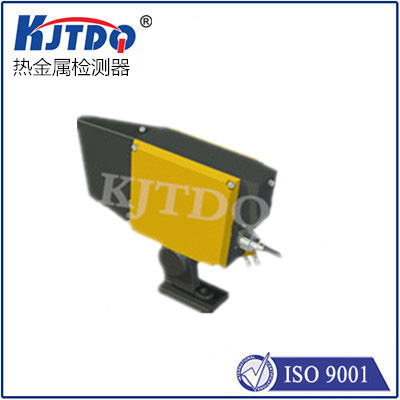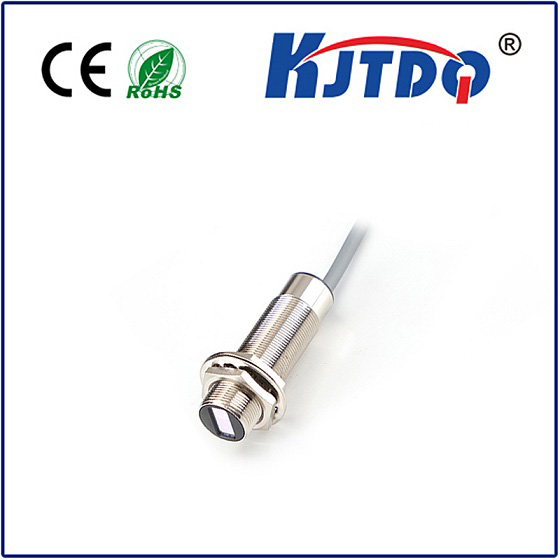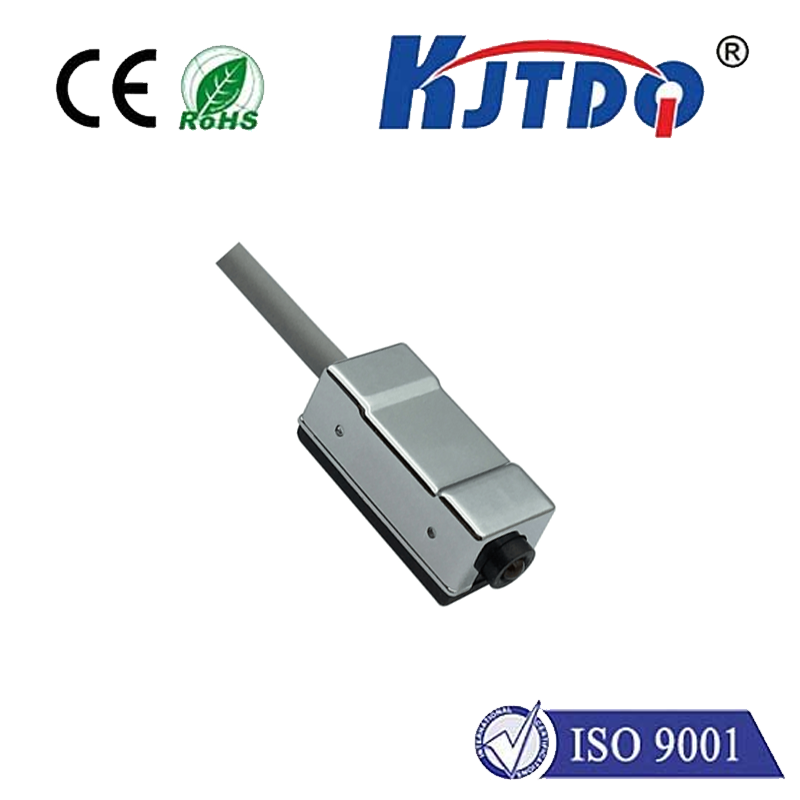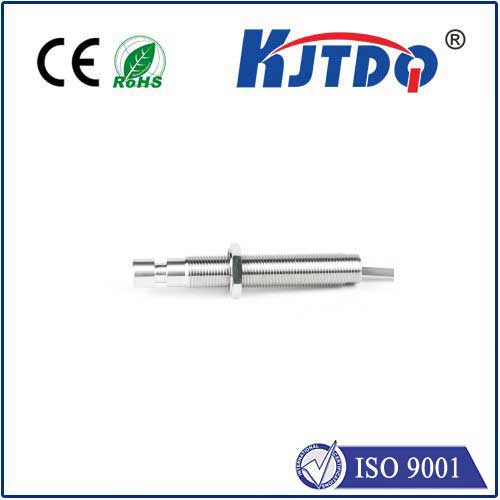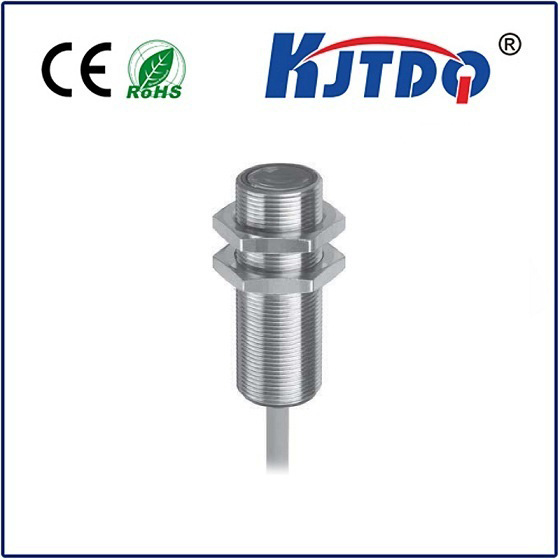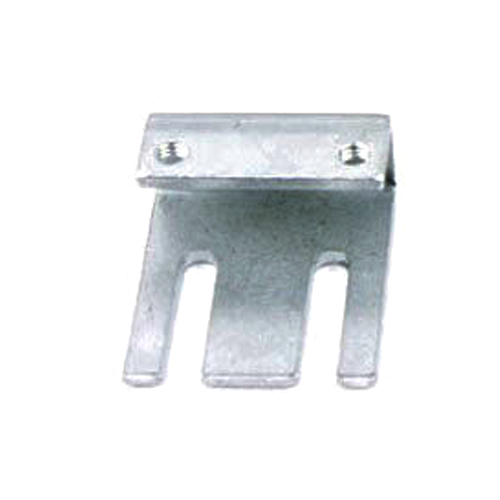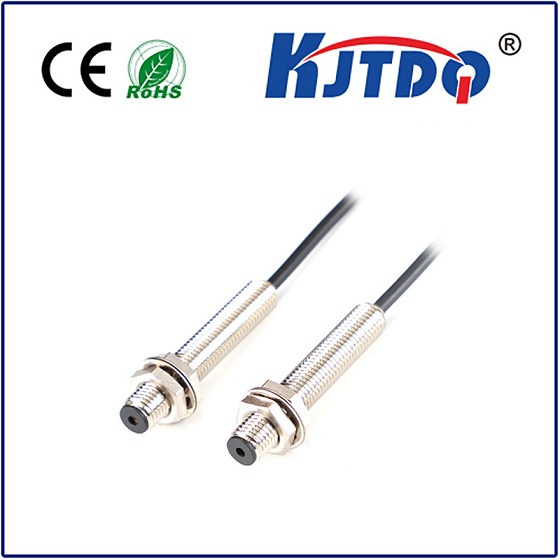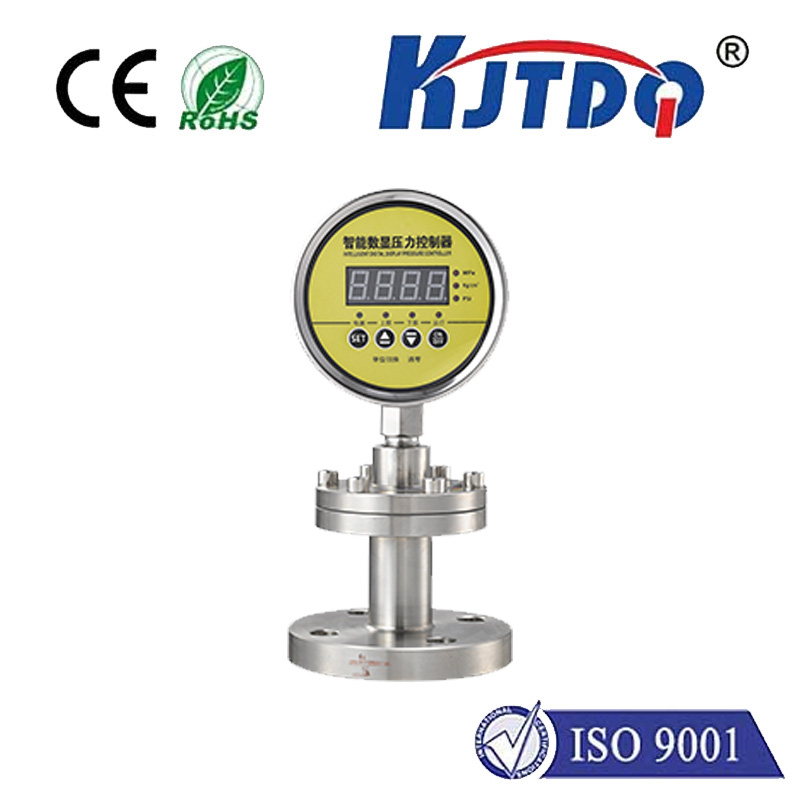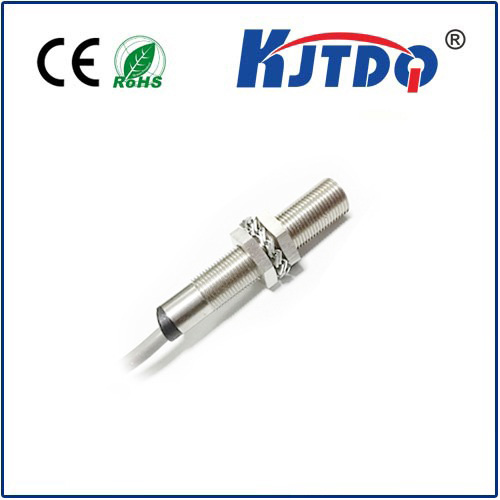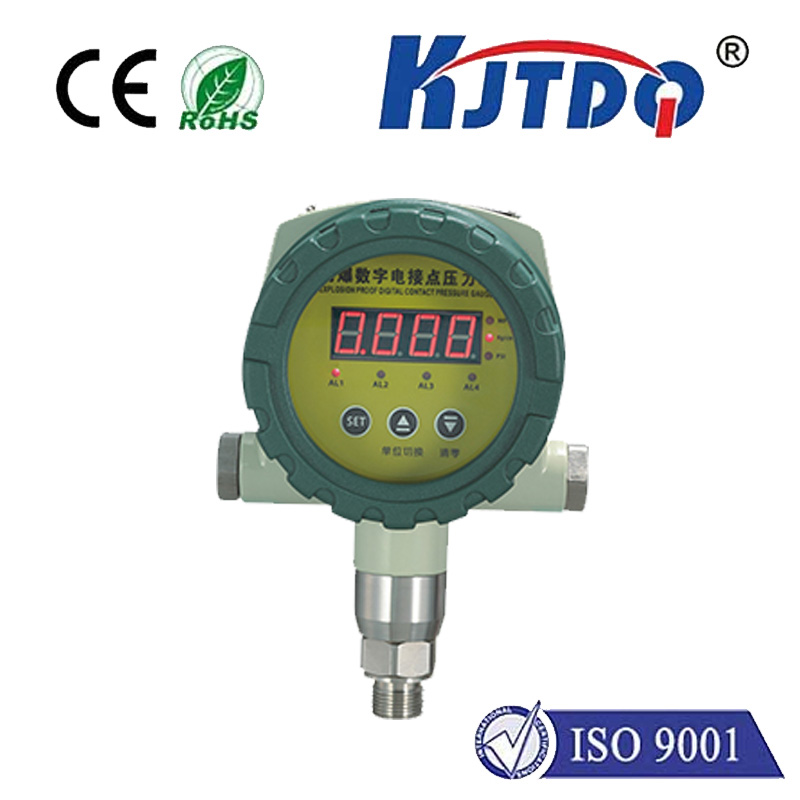The air we breathe holds secrets invisible to the naked eye. Among its complex cocktail of pollutants, black carbon (BC) – often called soot – stands as a major health villain and climate forcer. Pinpointing its presence accurately is crucial, yet challenging. This is where sophisticated tools like Aethalometers, and specifically the data they generate known as aethdx, step into the spotlight. Understanding what an aethdx sensor represents opens a window into cutting-edge air quality science and data management.
Decoding the Names: Aethalometer and Aethdx
An Датчик Aethdx isn’t a single physical sensor component; it’s intrinsically linked to the instrument known as an Aethalometer. Developed primarily by companies like AethLabs, the Aethalometer (derived from “aethelometer,” meaning “to measure blackness”) is a scientific instrument designed explicitly for the real-time measurement of black carbon aerosol concentration in the air.
The term “aethdx” specifically refers to the standardized data output file format generated by modern Aethalometers, particularly the widely used AE33 model. Think of the Aethalometer as the sophisticated instrument doing the physical measurement, and the “aethdx” file as the meticulously formatted digital record of its findings. This format encapsulates critical information about the optical absorption properties of aerosols collected on a filter tape.
How the Magic Happens: Inside the Aethalometer
The core principle of an Aethalometer is elegantly simple yet scientifically profound:

The AE33 and the “DualSpot” Revolution: Enter Aethdx
The AE33 DualSpot Aethalometer represents a significant leap forward. Its key innovation is the “DualSpot” technology. Instead of measuring light attenuation through a single filter spot over time, the AE33 uses two identical but sequential spots on the same filter tape. It measures one spot (Spot A) until a predefined attenuation threshold is reached, then instantly switches to measure the fresh, clean Spot B. Crucially, it simultaneously measures the attenuation on the leeward side of the first spot (Spot A_ref) even after collection has moved to Spot B.
Why is this DualSpot approach so critical? Traditional single-spot instruments struggled with the phenomenon known as the “Filter Loading Effect” (FLE). As the filter spot becomes increasingly loaded with particles, the relationship between attenuation (ATN) and the actual particle mass deposited changes non-linearly. FLE causes an underestimation of BC concentration as loading increases. The AE33’s DualSpot technology, by providing real-time measurements on both a fresh spot (Б) and a reference measurement on a loaded spot (A_ref), dynamically compensates for FLE, delivering truly real-time, loading-effect corrected data directly.
The Aethdx File: Your Data Powerhouse
The aethdx format is the digital vessel containing all this rich information. When we say “aethdx sensor,” we’re often referring to the capabilities enabled by the data from an AE33 Aethalometer. A standard aethdx file typically includes:
А., Б) and reference (A_ref, B_ref).This standardized format ensures compatibility, simplifies data sharing between researchers and institutions, and facilitates analysis using specialized software designed to interpret aethdx files.
Why Aethdx Sensors Matter: Applications Driving Change
The high-resolution, real-time, FLE-corrected data from modern Aethalometers (captured in aethdx files) is invaluable across numerous fields:
Beyond the Data: Reliability and Deployment
The robustness and portability of modern Aethalometers enable deployment in diverse environments – from highly controlled research labs to bustling urban streets, remote field sites, high-altitude monitoring stations, and even mobile platforms (vehicles, ships, aircraft). Their real-time capability provides instant feedback, crucial for applications like leak detection or evaluating traffic intervention impacts. Continuous filter tape advancement ensures long-term autonomous operation with minimal maintenance.
The Future is Clear, Measured in Black Carbon
The understanding generated by aethdx sensors – the cutting-edge data flowing from Aethalometers, especially the AE33 with its DualSpot technology – is
